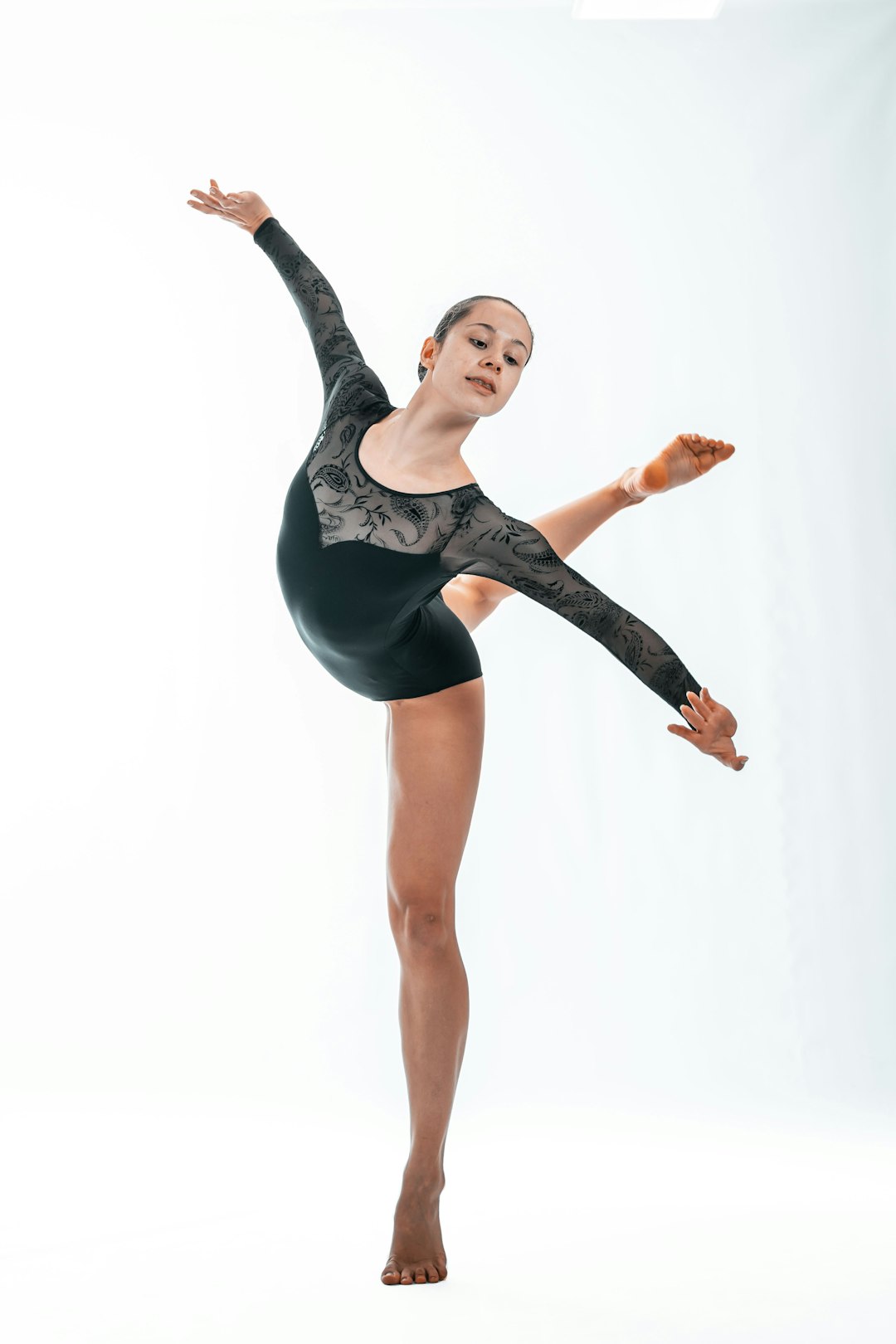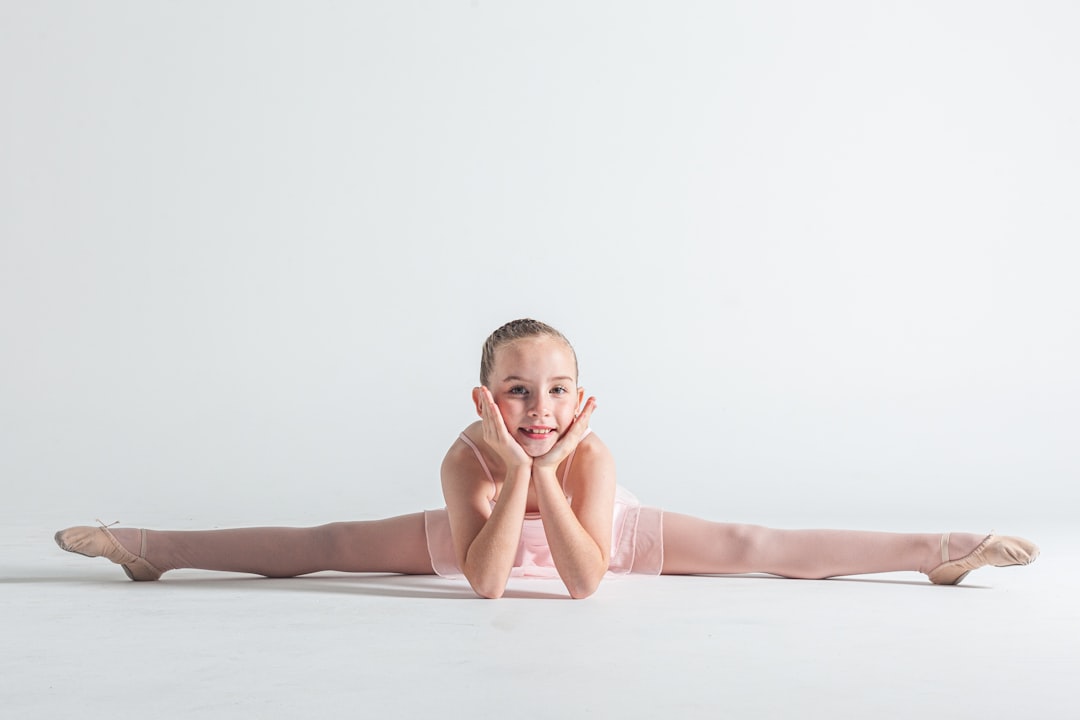When we hear the word dance, we often think of art, grace, and expression. However, there’s an ongoing debate that has sparked conversations in academic circles, among athletes, and within the dance community itself: Is dancing a sport? While traditionally viewed as a performing art, dance is increasingly being recognized for its athletic rigor, strategic competition, and physical demands — facets that closely align it with sports.
The Definition of Sport
To understand whether dance qualifies as a sport, it’s essential to first define what a sport is. Generally, a sport is considered any activity that involves physical exertion and skill, is competitively structured, and adheres to rules and objectives.
Common characteristics of sports include:
- Intensive physical activity requiring stamina, strength, or agility
- Rules and regulations that govern the activity
- Scores or judges that determine the outcome
- Competition against oneself or others
By this definition, many types of dance qualify. From ballroom to breakdancing, dancers train for years, compete at local and international levels, and perform under strict judgment criteria. Their routines are often judged on precision, creativity, timing, and physical difficulty.
The Physical Demands of Dance
One of the strongest arguments for recognizing dance as a sport is its intense physical nature. Dancers undergo rigorous training, including strength conditioning, cardiovascular workouts, flexibility training, and rehearsal of complex choreography — sometimes for six to eight hours a day.
According to a study published in the Journal of Strength and Conditioning Research, professional dancers exhibit levels of muscular endurance comparable to those of professional athletes. Dance requires:
- Endurance: High-level routines often last several minutes and demand sustained energy and focus.
- Strength: Lifts, jumps, and holds require considerable muscular support.
- Flexibility: Most dance styles, especially ballet and contemporary, push the limits of human flexibility.
- Coordination and Agility: Complex footwork and synchronization demand high neurological control and responsiveness.

Dance as Competition
Beyond physicality, one of the defining elements of a sport is competition. Dance is not just about performance — it’s about outperforming the competition under pressure. Competitive dance includes local and regional events, national championships, and even global contests such as the World Hip Hop Dance Championship and Blackpool Dance Festival for ballroom dancers.
These events are governed by strict rules set by organizing bodies like the World DanceSport Federation (WDSF). Entries are judged on criteria such as:
- Technique and execution
- Timing and rhythm
- Presentation and expression
- Difficulty of movements
Much like gymnastics and figure skating, dance combines rigorous scoring systems with subjective judging. This has drawn comparisons to Olympic sports, and culminated in breakdancing — also known as breaking — being introduced as an Olympic sport at the 2024 Paris Games.
The Artistic Counterpoint
Despite its competitiveness, detractors argue that dance should remain classified purely as an art form. They emphasize that the core of dance is emotional expression, creativity, and interpretation — elements often considered incompatible with the rule-based nature of sports.
This argument, however, does not fully hold. Many recognized Olympic sports such as synchronized swimming, rhythmic gymnastics, and figure skating also blend artistry with athleticism. These sports are judged on both technical merit and artistic impression — much like dance.
The Evolution of Dance in the Sporting World
The recognition of dance as a sport is growing. Major networks cover international dance competitions, and universities now offer scholarships specifically for dance athletes. The introduction of breaking into the Olympics has elevated the perception of dance beyond the stage and onto the arena floor.
The development of DanceSport as a formal competitive category has underscored the legitimacy of dance in the athletic world. Organizations like the WDSF and the International Olympic Committee have formalized competitive frameworks, helping dance gain traction as a recognized sport.

Dancer Training vs. Athlete Training
Another compelling argument for dance as a sport lies in the similarities between how dancers and athletes train. Professional dancers follow disciplined regimens that include:
- Cross-training: Many dancers include swimming, weightlifting, and running as part of their fitness routines.
- Injury prevention: Like athletes, dancers face high injury rates and require physiotherapy and medical support.
- Nutrition and recovery: Maintaining peak physical condition demands special attention to diet and rest cycles.
- Mental focus: The mental toughness required to compete and perform under pressure matches that found in any competitive sport.
This extensive preparation mirrors what is seen in athletes from more “traditional” sports like football, basketball, or gymnastics.
Public Perception and Media Influence
Shows like So You Think You Can Dance and World of Dance have helped shift public perception, highlighting the extreme physicality and competitive structure of dance. These formats showcase dancers not just as performers but as competitors, battling for titles under high-pressure circumstances.
Social media also plays a significant role in promoting dance as a sport. Platforms like Instagram and TikTok host millions of short-form videos that combine athletic feats, often set to choreography that pushes boundaries. Dancers are influencers, athletes, and artists all at once.
Gender and Athletic Acknowledgment
Some sociologists argue that dance has historically been viewed as an art instead of a sport largely due to gender dynamics. With a higher proportion of female participants, dance has often been dismissed in contrast to the traditionally male-dominated field of athletics. Recognizing the athleticism in dance challenges outdated gender biases and promotes a more inclusive understanding of sport.
Conclusion: Is Dance a Sport?
The answer is both straightforward and nuanced. Yes, dance thoroughly meets the criteria for being considered a sport. It includes physical exertion, strategy, scoring systems, competitive structure, and organization. While it remains a powerful medium for artistic expression, dance doesn’t need to sacrifice its artistic roots to be embraced in the sporting arena.
Art and sport are not mutually exclusive. Just as gymnastics can be both athletic and beautiful, so too can dance be expressive and competitive. Recognizing dance as a sport does not diminish its artistic value; rather, it honors the full breadth of what dancers achieve — artistry through athleticism.
